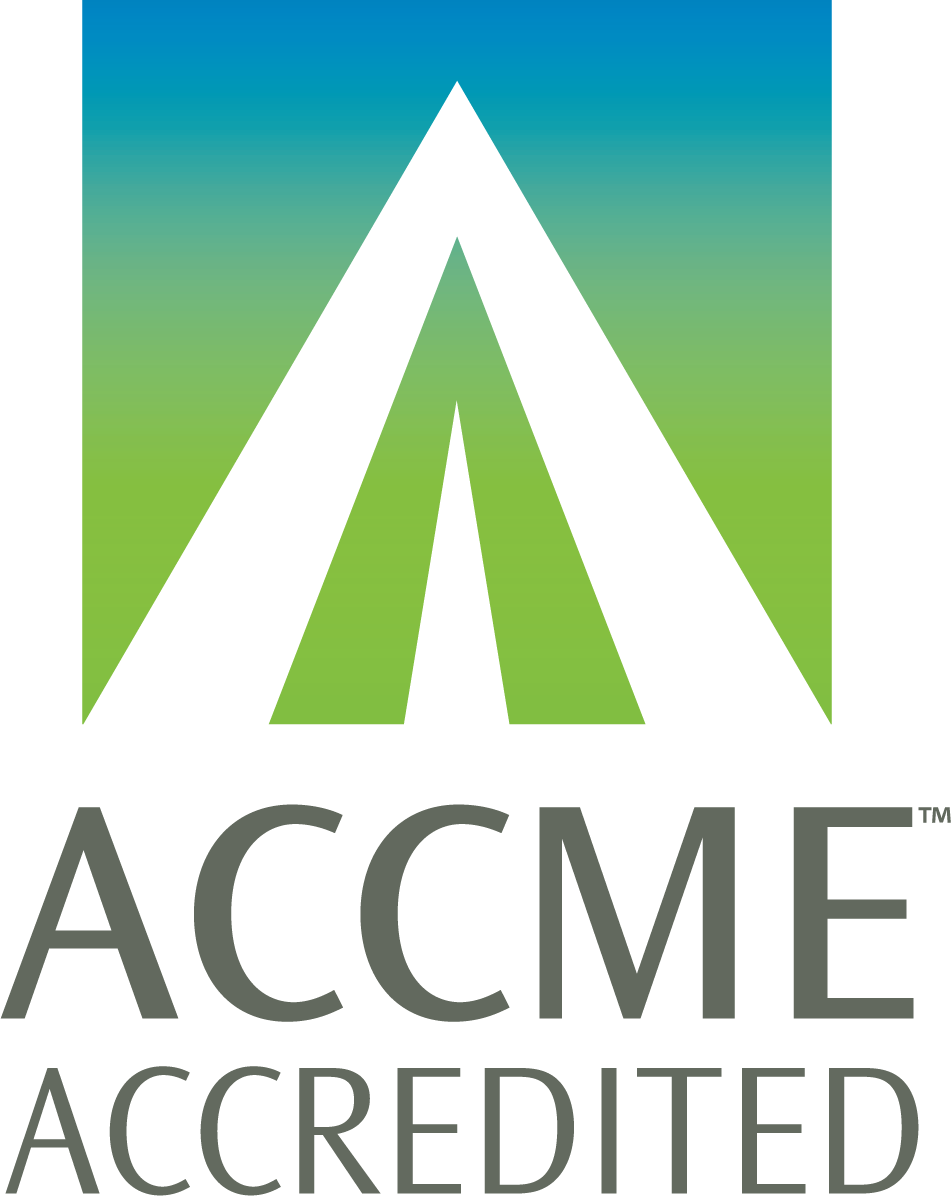 Video Courses
Video Courses Video Courses
Video Courses
In this course, we teach you the basic principles underlying the generation of the 12 lead ECG readout. We teach you the basic vector principles relevant to understanding electrocardiography. We explain how the normal depolarization and repolarization events of the cardiac cycle result in a predictable ECG readout and we detail the terminology used to describe the deflections recorded on the readout. We illustrate the crucial geometrical relationship between the frontal leads of the ECG. We teach you how to measure a range of key variables, the PR interval, the qrs duration, the QT interval and how to calculate the heart rate on the ECG. We explain and describe normal ECG T wave polarity.
Planner and Author: Dr John Seery MB PhD
Planner: Dr Karen Strahan PhD (University of Cambridge), Head of Editorial
Planner: Tommy O'Sullivan, CME Manager
2.0 hours
Upon successful completion of this activity, you will be able to:
30-JUL-2023
30-JUL-2026
Participants must complete the online activity during the valid period as noted above.
Follow these steps:
Acadoodle adheres to the ACCME's Standards for Integrity and Independence in Accredited Continuing Education. Any individuals in a position to control the content of a CE activity, including faculty, planners, reviewers or others are required to disclose all relevant financial relationships with ineligible entities (commercial interests). All relevant conflicts of interest have been mitigated prior to the commencement of the activity.
Planners and faculty for this activity have no relevant financial relationships with commercial interests to disclose.
Hampton JR. (1973) The E.C.G. made easy. Churchill Livingston
Garcia T. (2000) 12 Lead ECG: The art of interpretation. Garcia T and Holtz NE Eds. Jones and Bartlett Publishers
Ganong WF. (1983) Review of Medical Physiology. 11th edition. Ed Ganong WF. Lange Medical Publications
Romanes GJ. (1977) Cunningham’s manual of practical anatomy. 14th edition. Oxford University Press
Williams PL. (1980) Gray’s Anatomy. Williams PL, Warwick R. Eds 36th Edition, London, Churchill Livingstone.
Yanowitz FG. ECG Learning Centre.
https://ecg.utah.edu/
Vectors an introduction. Zona Land Education. Zonalandeducation.com
http://zonalandeducation.com/mstm/physics/mechanics/vectors/introduction/introductionVectors.html
Finding the components of a vector. Zona Land Education. Zonalandeducation.com
http://zonalandeducation.com/mstm/physics/mechanics/vectors/findingComponents/findingComponents.htm
Roche J. Introducing vectors. Macro-learnings.com
http://www.marco-learningsystems.com/pages/roche/introvectors.htm
Euclidean Vector. Wikepedia
https://en.wikipedia.org/wiki/Euclidean_vector
Ashley EA and Niebaur J. Chapter 3 Conquering the ECG (Web based material).
https://www.ncbi.nlm.nih.gov/books/NBK2214/
Suzuki J et al. Studies on the positive T wave on ECG in the rat-Based on the analysis for direct cardiac electrocardiograms in the ventricle. Adv Anim Cardiol. 1993;26(1) 24-32.
https://www.jstage.jst.go.jp/article/jsvc1984/26/1/26_1_24/_pdf/-char/en
Hurst JW. Naming the Waves in the ECG, With a Brief Account of Their Genesis. Circulation. 1998;98(18):1937-42.
https://www.ahajournals.org/doi/full/10.1161/01.cir.98.18.1937
Susan Boyce Gilmore, Susan L Woods. (1995) Electrocardiography and vectorcardiography. In Cardiac Nursing, 3rd edition. SL Woods, E Sivarajan Froelicher, CJ Halpenny, S Underhill Motzer. JB Lippincott Company.
S.L. Woods, E.S. Sivarajan Froelicher, S. Underhill Motzer, E.J. Bridges. (2005) Cardiac nursing. 5th edition. Lippincott Williams and Wilkins
Goldenberg I et al. QT interval: How to Measure It and What Is Normal. J Cardiovasc Electrophysiol. 2006;17(3):333-6.
https://www.researchgate.net/publication/7138635_QT_Interval_How_to_Measure_It_and_What_Is_Normal
Waller AD. A demonstration on man of electromotive changes accompanying the heart’s beat. J Physiol. 1887;8(5):229-234.
https://www.ncbi.nlm.nih.gov/pmc/articles/PMC1485094/pdf/jphysiol02445-0001.pdf
Einthoven W. Die galvanometrische Registrirung des menschlichen Elektrokardiogramms, zugleich eine Beurtheilung der Anwendung des Capillar-Elektrometers in der Physiologie. Pflügers Arch ges Physiol. 1903; 99: 472-480.
https://link.springer.com/content/pdf/10.1007/BF01811855.pdf
Wilson FN et al. Electrocardiograms that represent the potential variations of a single electrode. Am Heart J. 1934;9:447-58.
Barold SS. Willem Einthoven and the Birth of Clinical Electrocardiography a Hundred Years Ago. Card Electrophysiol Rev. 2003;7:99-104.
https://link.springer.com/article/10.1023/A:1023667812925
Fisch C. Centennial of the String Galvanometer and the Electrocardiogram. J Am Coll Cardiol. 2000;36(6):1737-45.
https://www.onlinejacc.org/content/36/6/1737.abstract

Acadoodle, Ltd is accredited by the Accreditation Council for Continuing Medical Education (ACCME) to provide continuing medical education for physicians.
Acadoodle, Ltd designates this enduring material activity for a maximum of 2.0 AMA PRA Category 1 Credits™. Physicians should claim only the credit commensurate with the extent of their participation in the activity.
DisclaimerPrivacy PolicyTerms of UseData Deletion© Acadoodle 2026